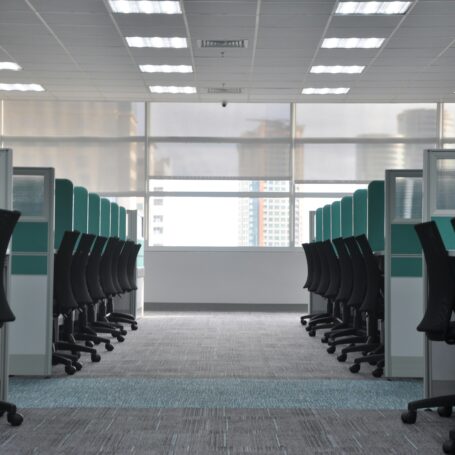Is Work Autonomy an Important Factor for Employees’ Workplace Creativity?
In the current global competitive business environment, organizations prioritize more innovative and creative performance by employers. Technologies and approaches are changing, so it is important to keep up to date with the latest innovations and new research. In every organization, discovery and implementation of new ideas and products are essential to  sustaining growth in a challenging business environment.
sustaining growth in a challenging business environment.
Organizational innovation relies upon the creativity of employees, and a healthy work environment can help foster an employee’s workplace creativity. As part of a healthy work environment, employees require infrastructure; support and coordination by supervisors and other authorities; and good organizational design and structure.
Several organizational factors affect an employee’s creative performance. In particular, an employee’s job-related freedom is more relevant for his or her creative performance. Work autonomy is defined as the freedom related to work activities and decision-making. It may also describe the degree to which an individual is given freedom and discretion to carry out a task. The task-related decision-making and performance strategies of employees’ directly influence their creative outcomes.
Work-related freedom not only enhances employees’ creative performance, but also helps to pace their work-related activities. Work autonomy directly contributes to employees’ job satisfaction. An empirical investigation carried out upon Indian management graduates indicates that graduates are more attracted to long-term opportunities for growth in the job than short-term benefits while choosing their first employer. Job autonomy, along with work condition and job challenges, have a major impact on long-term opportunities for growth. Autonomy allows employees to choose how to approach their work and it encourages them to explore their ideas. Work autonomy also helps employees to make decisions freely and determine the best strategy for a task.
Thus, work autonomy and workplace creativity are positively correlated, and autonomy in the workplace plays an important role in supporting employees’ creative performance.
The abstract:
In the present global business environment, organizations need different approaches for overcoming the current demands and future challenges for which a creative workplace is a prerequisite. To understand workplace creativity in depth, we need to examine the interactions between personal and contextual characteristics as well as interactions among the contextual characteristics in an organization. Although researchers have attempted to understand the interactions between personal and contextual characteristics, enough attention has not been paid to the interactions among the contextual variables of employee creativity. In the present study, an attempt has been made to examine the interacting role of task complexity with work autonomy in contribution towards workplace creativity.
You can read “Work Autonomy and Workplace Creativity: Moderating Role of Task Complexity” from Global Business Review by clicking here. Want to know about all the latest news and research from Global Business Review? Just click here to sign up for e-alerts!





















































































